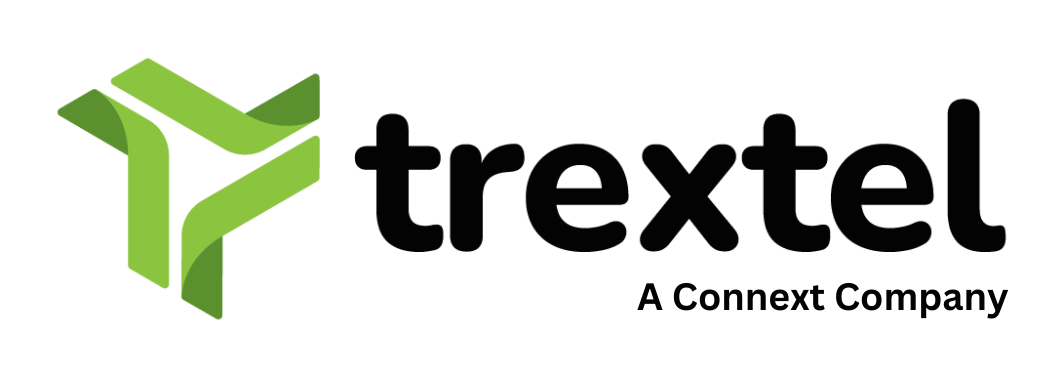We’ve examined the impact of human nature on WAN performance. The other side of the coin has to do, of course, with equipment virtualization challenges. Broad industry equipment trends have largely dictated the activities (and the challenges) that engineers and technicians take on. Not to worry, however—there are ways of managing the challenges that come with an evolving WAN landscape.
Simplify Now, Struggle Later: Why the Trend of Equipment Virtualization Means Trouble
With manufacturers looking to increase revenue from recurring subscription fees and software and service fees, business models have shifted. This is where equipment virtualization challenges start. Network equipment manufacturers may deliberately limit what commands and information can be accessed remotely. This forces technicians and network engineers to manage multiple platforms in tandem to achieve a comprehensive view of the network. Multiple portals make it much more challenging to address equipment issues without physically going on-site.
This trend of abstraction gained momentum during the COVID-19 pandemic, when organizations were forced to seek out streamlined plug-and-play solutions that were remotely configurable.
For small and medium businesses with more limited resources—or enterprise organizations ruthlessly focused on enhancing the scalability and agility of their IT operations—this trend is a boon.
However, for the technicians and engineers responsible for WAN management, increased abstraction means more wasted resources, increased downtime, increased mean time to repair (MTTR), reduced WAN performance—and greater dissatisfaction for the high-level resources forced to travel to remote sites. In fact, 91% of organizations say they occasionally send network engineers or technicians out to sites to resolve issues, with 42% saying that they do this for the majority of outages and downtime.1
How Integrations and Diagnostics Help Navigate Equipment Virtualization Challenges
One way to manage these challenges is by having a unified WAN optimization engine that comes strapped with comprehensive integrations. There are three areas where integration can help streamline workflows:
- Manufacturers.
- Incident management and ticketing.
- Circuit providers.
In the case of manufacturer integrations, traditional protocols have required network-level access to equipment for setup, configuration and troubleshooting. For WAN managers responsible for multiple equipment manufacturers, this adds considerable bloat to engineers’ and technicians’ workloads. With manufacturer integrations, however, you gain immediate visibility into equipment across the network with a simple password or API key. This allows network engineers to take a more standardized approach toward device management, compatibility, integration, and device onboarding.
Integrations with incident management and ticketing systems help streamline workflows and reduce administrative burden for NOCs. Every technician is familiar with the tedium of manually entering incident details into one or more ticketing systems. With an integrated solution, tickets are automatically created and populated inside of the management system, with enough detailed information to facilitate rapid resolution without manual entry. Capturing more accurate WAN event details in the ticketing system allows teams to track the entire incident lifecycle more easily. Importantly, it provides improved upstream and downstream visibility, all behind a single pane of glass. Integrations with circuit providers unlock similar benefits. An integrated engine automatically generates a ticket and notifies the circuit provider of any circuit issues. No more manual intervention.
These reductions in administrative overhead are especially helpful for frontline staff like service desk personnel and tier one support. These people handle a high volume of tickets and aim for quick resolutions. Then, tier two and tier three engineers are empowered to focus on the NOC’s core objective: proactively optimizing WAN performance and identifying potential issues before they can impact the business.
Looking Towards Proactive Network Management
Proactive WAN management is especially crucial in the context of cellular networks. As 5G technology improves and the cost of data decreases, a growing number of enterprises are moving away from traditional hardline connections. They are adopting wireless communications as their primary connectivity solution. Cellular networks are taking up a greater share of the WAN provider market. A 2022 industry report found that the use of 4G and 5G cellular links is expected to grow the fastest, with a projected increase of 68%.2 This, however, comes with a greater need for remediation when compared to less complex hardline connections.
To optimize complex connectivity needs, you need to go beyond simple monitoring. You must leverage the advanced capabilities that come with an MSP who can streamline your WAN data. Who can provide actionable insights and visibility to WAN performance trends. That means having all the WAN data collected, the tools you use, the integrations you need—sorted, managed, and interpreted for you with a single provider.
Trextel is an expert in solving the complexity of multi-location, multi-device, technology design, deployment and management. Unlike traditional MSPs, we blend advanced WAN management, and large-scale technology design and deployment expertise with a strategic focus on customer success. Our approach ensures your network isn’t just managed; it’s built and optimized for peak performance and innovation, today and tomorrow.




